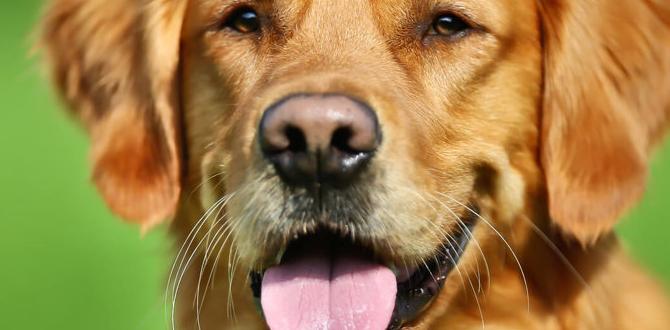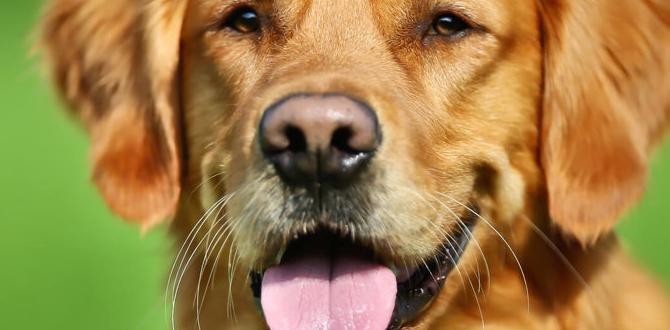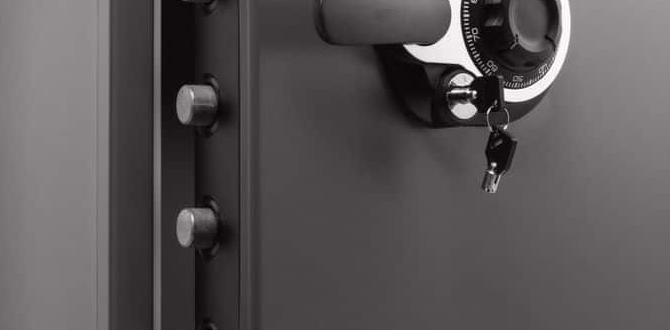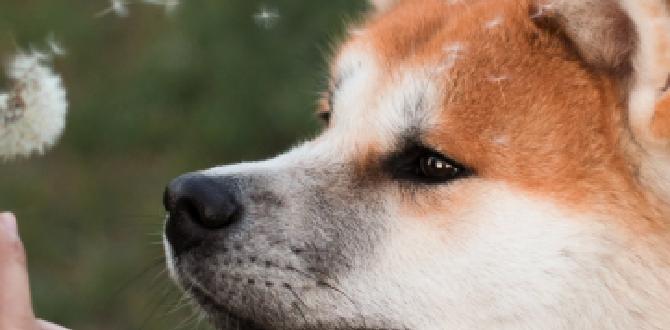Compulsive dog behavior solutions can feel like an uphill battle, leaving owners frustrated and dogs distressed. Whether it’s incessant tail-chasing, excessive licking, shadowing your every move, or a fixation on certain objects, these repetitive, often ritualistic actions can disrupt household harmony and indicate underlying issues. While the term “compulsive” might sound dire, many effective interventions exist, and thankfully, some of the most impactful solutions are surprisingly effortless to implement once understood. This article delves into understanding these behaviors and offers practical strategies to help your canine companion find peace and normalcy.
Understanding the Roots of Compulsive Dog Behavior
Before diving into solutions, it’s crucial to grasp why dogs develop these behaviors. Often, compulsive actions stem from a complex interplay of genetics, environment, and underlying emotional states. Stress and anxiety are significant contributors. A dog feeling insecure, bored, fearful, or overstimulated might develop a compulsive behavior as a coping mechanism, a way to self-soothe or exert some control over their environment.
Think of it like a human nail-biter or hair-twirler when nervous. These behaviors, while seemingly odd to an outsider, provide a temporary sense of comfort or distraction for the individual. For dogs, the motivations can be similar, but the manifestations are often more pronounced.
Another common cause is lack of sufficient mental and physical stimulation. Highly intelligent breeds, or dogs with a lot of pent-up energy, can easily become bored. This boredom, coupled with an inability to express their natural behaviors constructively, can lead to the development of compulsive habits. For example, a dog not getting enough exercise might start pacing relentlessly.
Finally, medical issues should always be considered. Certain underlying health conditions, such as allergies (leading to excessive licking or scratching), gastrointestinal problems, or neurological disorders, can manifest as compulsive behaviors. Therefore, a veterinary check-up is always the first effortless step in ruling out physical causes.
Effortless Strategies for Addressing Compulsive Dog Behavior Solutions
Once medical causes are ruled out and you have a better understanding of potential triggers, you can begin implementing strategies. The good news is that many of these require observation and gentle redirection rather than elaborate training regimens.
1. Environmental Enrichment: The Foundation of Calmness
An under-stimulated dog is a recipe for problematic behavior. The most effortless and impactful solution here is to enrich their environment. This doesn’t mean investing in expensive toys or complicated gadgets. It’s about strategically providing outlets for their natural instincts.
Puzzle Feeders: Instead of feeding your dog from a bowl, use slow feeder bowls or puzzle toys. This turns mealtime into a mental challenge, mimicking the effort they might expend foraging in the wild. This can significantly reduce behaviors like food guarding or obsessive eating.
Variety of Toys: Rotate your dog’s toys regularly. If the same toys are always available, they lose their novelty. Introducing new textures, sounds, and scents keeps their interest piqued and provides mental stimulation.
Sensory Experiences: Allow your dog opportunities to sniff and explore. During walks, let them linger at interesting spots. Consider a “sniffari” where the walk is guided by their nose rather than a strict route. This is incredibly rewarding for a dog and helps them decompress.
2. Managing Stress and Anxiety: Creating a Secure Haven
If stress or anxiety is a primary driver, creating a safe and predictable environment is paramount.
Establish a Routine: Dogs thrive on predictability. Consistent feeding times, potty breaks, exercise, and bedtime can significantly reduce anxiety. Knowing what to expect helps them feel secure.
Designate a Safe Space: Ensure your dog has a comfortable den-like area where they can retreat and feel safe. This could be a crate with a cozy bed, a specific corner of a room, or their own dog bed in a quiet location. Make sure this space is associated with positive experiences only.
Identify and Mitigate Triggers: Observe your dog closely. What specific situations, sounds, or people seem to trigger their compulsive behavior? Once identified, you can work on desensitization and counter-conditioning, or simply avoid those triggers if possible in the early stages of recovery. For example, if fireworks are a trigger, work on creating positive associations with the sounds at a very low volume, or ensure they are in their safe space with calming music during fireworks season.
3. Redirection and Positive Reinforcement: The Gentle Art of Change
When you catch your dog exhibiting compulsive behavior, the instinct might be to reprimand them. However, this can often exacerbate anxiety and lead to more problems. Instead, focus on gentle redirection and positive reinforcement.
Interrupt and Redirect: For mild compulsive behaviors like excessive barking or pacing, a calm interruption (like a gentle noise or calling their name) followed by redirecting them to an acceptable activity (like a chew toy or a training exercise) can be highly effective. Praise them enthusiastically when they engage with the new activity.
Reward Calmness: Actively look for moments when your dog isn’t exhibiting the compulsive behavior. When they are relaxed, lying down calmly, or engaging in appropriate play, reward them with praise, a gentle pet, or a small treat. This teaches them that calmness is a desirable state.
Training for Focus: Basic obedience training, even with an older dog, can be a fantastic tool. Commands like “sit,” “stay,” “down,” and “leave it” provide mental engagement and teach your dog impulse control. Regularly practicing these can help them manage their urges better.
4. The Human Element: Patience and Understanding
Perhaps the most effortless, yet often the most challenging, aspect of addressing compulsive dog behavior solutions is the human element. It requires immense patience, consistency, and empathy.
Avoid Punishment: As mentioned, punishment is rarely effective and can actively harm your dog’s emotional well-being. They don’t understand why they’re being punished for a behavior they may have no control over.
Be Consistent: Everyone in the household needs to be on the same page with routines and redirection techniques. Inconsistency will confuse your dog and hinder progress.
Seek Professional Help: For severe or persistent compulsive behaviors, don’t hesitate to consult a certified professional dog trainer, a veterinary behaviorist, or your veterinarian. They can offer tailored advice and may suggest therapeutic interventions.
Addressing compulsive dog behavior solutions is a journey, not a race. By understanding the underlying causes and implementing these often effortless strategies with patience and consistency, you can significantly improve your dog’s quality of life and restore harmony to your home. Remember, your calm and confident presence is one of the most powerful tools in your arsenal.
Meet Elyse Colburn, the devoted canine companion and storyteller behind the enchanting world of “Tales, Tails, and Adventures Unleashed.” A passionate dog enthusiast with a heart full of paw prints, Elyse Colburn shares heartwarming tales and insightful adventures, celebrating the joy, loyalty, and endless antics that make every dog a true hero. Join Elyse Colburn on this tail-wagging journey, where every post is a love letter to our four-legged friends.







